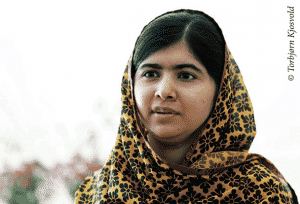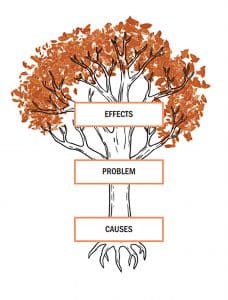A new toolkit offers knowledge and methods for engagement projects – Chantal Schüssler has read it for you.
Would you like to start a project? Maybe in the field of climate protection, flight, justice or society?
A new English-language brochure with tips and tricks on the topic of migration and sustainable development could help you to get started.
The Youth Advocacy Toolkit has a lot of expertise for you.
In these 13 pages, you can read about what migration actually means, and you’ll probably be as surprised as I was when you read it. After all, you may have immigrated at some point in your life. According to the definition, migration means: “the movement of persons from one place of residence to another, whether within a country or by crossing international borders.” So this means that many people who move within Germany (or their home country) are also considered migrants. Pretty interesting, isn’t it? This insight has given me yet another completely different perspective on the term “migration.”
Migration affects our daily lives in many ways, and that’s where the term “sustainable development” comes in. The brochure defines sustainable development as a process that leads to a better way of life for all. A global togetherness, so that we can create a more equitable world. This works especially well when there are many committed people on this earth who have an awareness that further development can only take place through action.
I found the examples of young, strong activists of our time particularly inspiring in the toolkit. For example, there is an article on Malala Yousafzai, whose social commitment is a role model for many.

The brochure presents methods for strategy development for engagement and sustainable development. From here on it gets very theoretical! From my point of view, this is especially suitable for people who have a project-leading function or for whom structure and overview are important.
The various methods are easily explained and easy to implement. However, I asked myself if I would really use these “tools” and came to the conclusion that they are so elaborate that I would only use them with larger groups.
The exception is the “Problem Tree” and the “Solution Tree”. This method has particularly stuck with me because it is not only applicable in work, but also in private life. With this method, you can very easily break down a problem and look for a solution approach.
According to the motto: If you face a problem, you already start to solve it.

The “Problem Tree” helps you to identify the problem and to structure it:
- the cause of the problem (the roots),
- the problem itself (the trunk) and
- the effects of the problem (the tree top).
Once you have entered this, you can continue with the “solution tree”. Here, all elements of the problem tree are turned into their positive opposite. Start with the lowest and work your way to the core problem. All the important people and groups that play a role are listed. Ideally, this method will bring you a lot closer to solving the problem.
I have been involved in volunteering for a few years and found it very exciting to read through the toolkit. I can definitely recommend the toolkit for anyone who wants to learn more about the theory.
This publication of Caritas Austria is part of the project MIND (Migration. Networking. Development). MIND was initiated by 12 Caritas organizations from Europe, and youngcaritas Unterfranken was one of them. The aim of the project was to make the complex connections between migration and sustainable development tangible. It was funded by the European Commission from October 2017 to September 2020.
The toolkit and more information can be found at: Youth advocacy toolkit – www.caritas.eu
Chantal Schüssler
Intern at youngcaritas Germany
